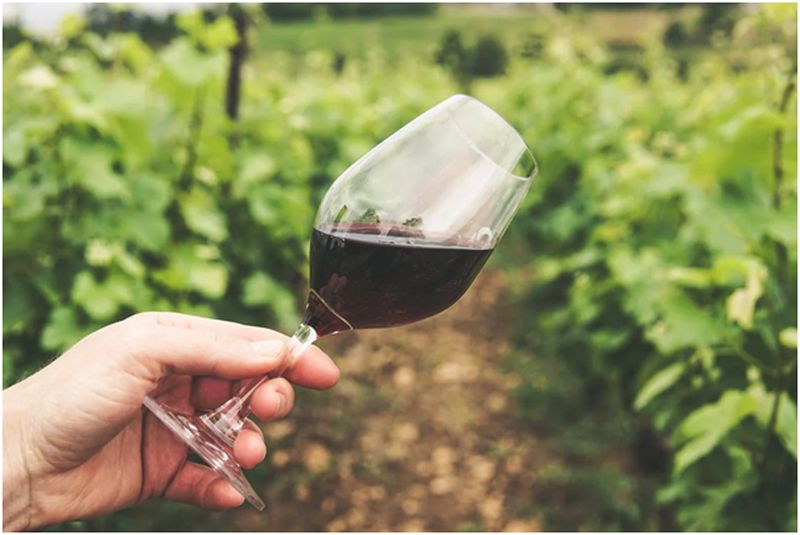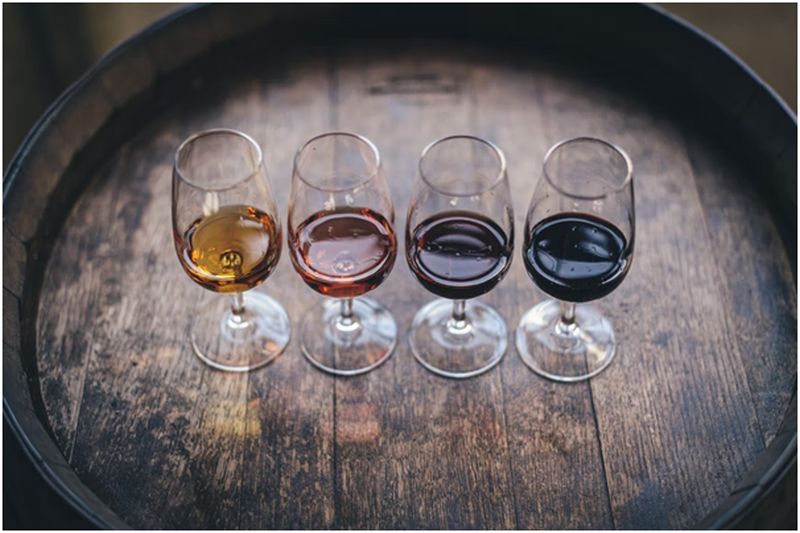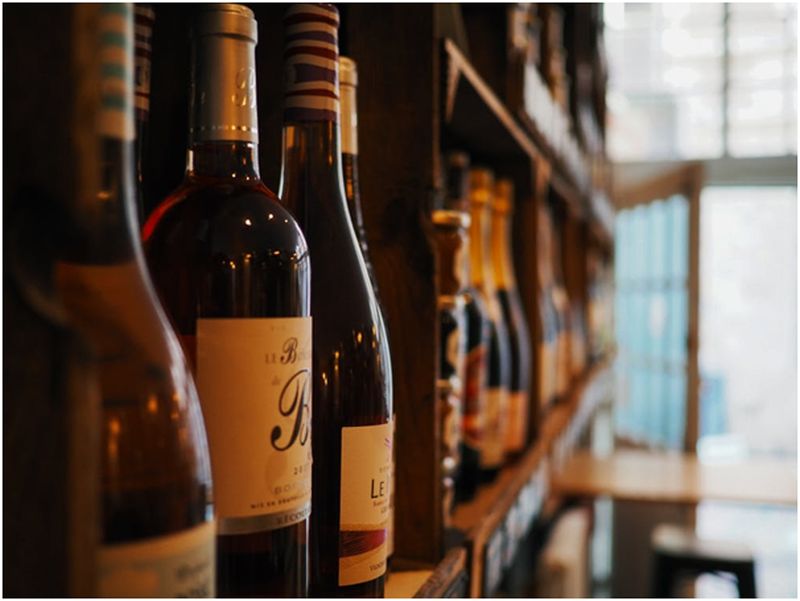Wine is a beverage that’s been around and enjoyed by many for centuries now. It can be enjoyed at a fancy dinner at a restaurant or even just at home while you unwind.
But choosing wine off the shelves can be challenging if you don’t know much about it.
When selecting a good wine, you first need to know how to determine one. To be able to recognize exquisite wine if you know the process involved in producing the wine.
So, what makes a good wine? Here’s an article regarding it written exclusively by Cry Baby Wine. Continue reading to find out more, and prepare the next time you browse that shelf.
Types of Wine
A few everyday wines are Red, White, and Rosé. They are also classified under single-varietal wines or blended wines.
If only one grape is used, it is called a single-varietal wine. Contrarily, a wine blend is a wine that is produced using a combination of different kinds of grapes.
After the fermentation and aging are finished, the wine blends are combined. A field blend is created when grapes are mixed and then fermented with each other.
There are wines for every individual’s palette, don’t be afraid to explore. Infused wines like CBD wines are accessible as well if it suits your taste.
The Production of Good Wine
 Although any fruit, including apples, cranberries, and plums, can technically be used to make wine, wine is typically an alcoholic drink from fermented grape juice.
Although any fruit, including apples, cranberries, and plums, can technically be used to make wine, wine is typically an alcoholic drink from fermented grape juice.
Wine is not made from table grapes. Instead, it is made from wine grapes which are sweeter in taste, smaller in size and have plenty of seeds. Wine is only made once a year since it takes a whole season for the grapes to ripen fully.
The Production Process
1. Harvest
The first stage in creating wine is harvesting grapes from the vineyard to bring to the winery. Picking the right time to reap is essential as it contributes to the taste of the wine.
2. Pressing The Grapes
This phase varies a little depending on whether white, rosé, orange, or red wines are being created. A destemmer is used to separate the grape berries from their stems if the winemaker so chooses before crushing.
3. Fermentation
Both native and cultivated yeasts can be used for fermentation. Spontaneous fermentations use native yeasts and take much longer to create, which often results in more complex wines.
4. Aging
Winemakers can choose to age their wines in oak, steel, or cement. However, alternative options, including terra cotta or clay, glass, and others, are also viable choices.
5. Fining/ Filtering
This is done to clear the juice of any remaining sediments. While fining involves adding a substance to the wine and leaving the residue to coagulate, filtering is done via a porous media.
6. Bottling
Finally, the wine is bottled and ready for packaging. Before release, some winemakers opt to age their wines in bottles further for a specified time.
Each of these steps contributes to the wine’s taste, texture, smell, and other qualities. Each wine has different treatments, techniques, environments, and tools that make the wine unique.
A Better Understanding of Wine Quality
Knowing what conditions are needed to produce great wine can help you choose a wine for the right occasion. You’ll start to understand your preferences and appreciate wine more as you gain knowledge of wine quality levels and how wines differ in flavor from place to place.
Winemaking is a very intricate process. Multiple factors determine wine quality, and when these factors come together, we find ourselves with an array of great-tasting to mediocre wines. Here is a broad summary of the factors that affect wine taste & quality.
1. Growing and Harvesting Practices
Regarding wine’s fragrance, soil and groundwater mineral concentration have a significant role. The final wine’s quality will be influenced by the producer’s methods of working with the grapes.
While pruning involves cutting specific branches to regulate yields and maintain vine health, canopy management frequently entails removing additional leaves and shoots to maximize sunlight exposure.
The sweetness of the grapes increases, but the acidity level decreases later in the growing phase when harvested. Ripe or not, grape variety will also affect the final product.
2. Winemaking Process
The steps involved in winemaking are equally crucial in influencing the wine’s final quality. There are four main stages in winemaking: maceration, fermentation, extraction, and aging, all of which must be followed to maximize the potential of the grapes.
Take note that vinification (method of winemaking) can be very intricate, and the techniques & methods may vary from winery to winery.
3. Climate & Temperature
Climate and weather play a part in influencing the growth rate, flavor, and juiciness of wine grapes, as well as how well they may be made into wine.
Wines from cooler climates have more excellent acidity but less sugar and alcohol. Wines in hotter regions tend to have more sugar, alcohol, and body content.
Wine of lesser quality will be produced by attempting to cultivate types that don’t thrive in that particular climate.
On the other hand, the weather may have a more immediate and direct impact on wine quality. Higher-quality wines will be produced from grapes that acquire all the necessary nutrients.
Short-cycle cultivars will thrive in areas with an average temperature of 60 degrees F, but long-cycle varieties won’t.
However, if it is too hot, the grapes will ripen too rapidly, reducing the time needed to develop flavor and other compounds.
Choosing Exquisite Wine
 Selecting a quality wine is entirely a matter of individual taste. You can choose a wine you enjoy, whether you prefer delicate, sweet, savory, tart, or even spicy flavors. What qualities make good wine? These are listed below.
Selecting a quality wine is entirely a matter of individual taste. You can choose a wine you enjoy, whether you prefer delicate, sweet, savory, tart, or even spicy flavors. What qualities make good wine? These are listed below.
1. Sweetness
The terms sweet, semi-sweet, and dry are frequently used on wine labels. Dry wine refers to wine without any sweetness.
2. Tannin
Tannins are phenolic substances found in grape skins. The wine tastes more bitter and tends to dry out the mouth when tannins are present naturally throughout the winemaking process.
3. Body
Wines can be categorized as full-body, light-body, or a combination of both. A wine body describes the heaviness or lightness the wine feels in your mouth.
4. Acidity
High-acidity wines taste more tart, while low-acidity wines taste richer or more round.
5. Alcohol
The throat and the back of your mouth will feel warmer, the greater or lesser depending on its alcohol content.
Bottom line
Every time you follow the advice in this article, you’ll be on your way to choosing the best wine.
To learn more about these qualities, see the product description or familiarize yourself with well-known expressions of various grape kinds and where they are cultivated.
Article Submitted By Community Writer




